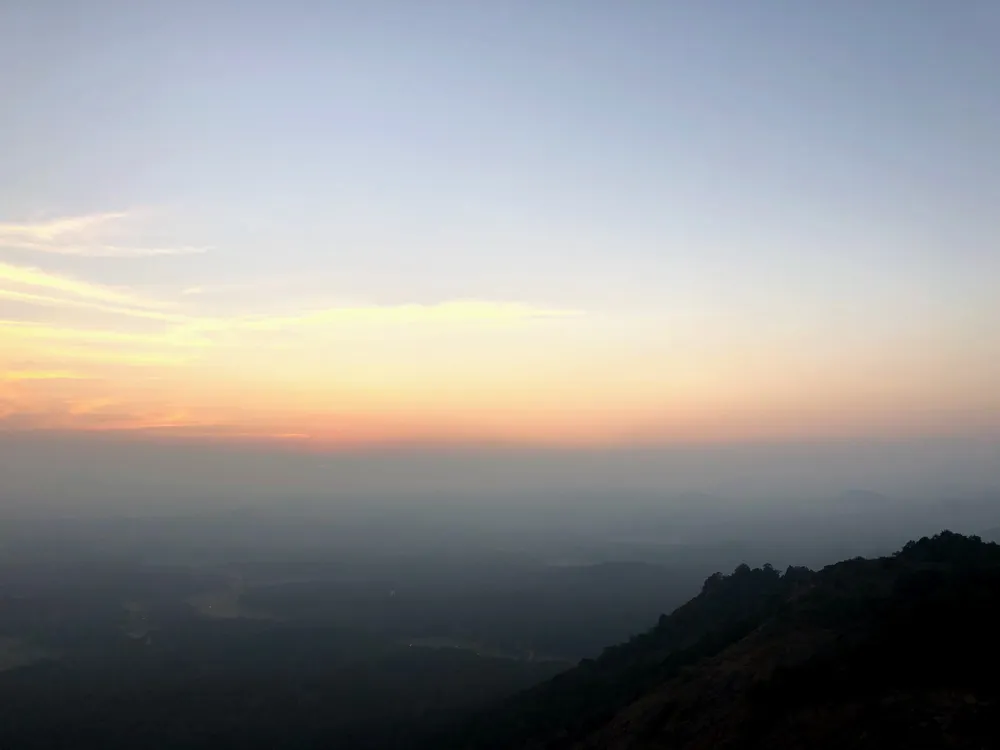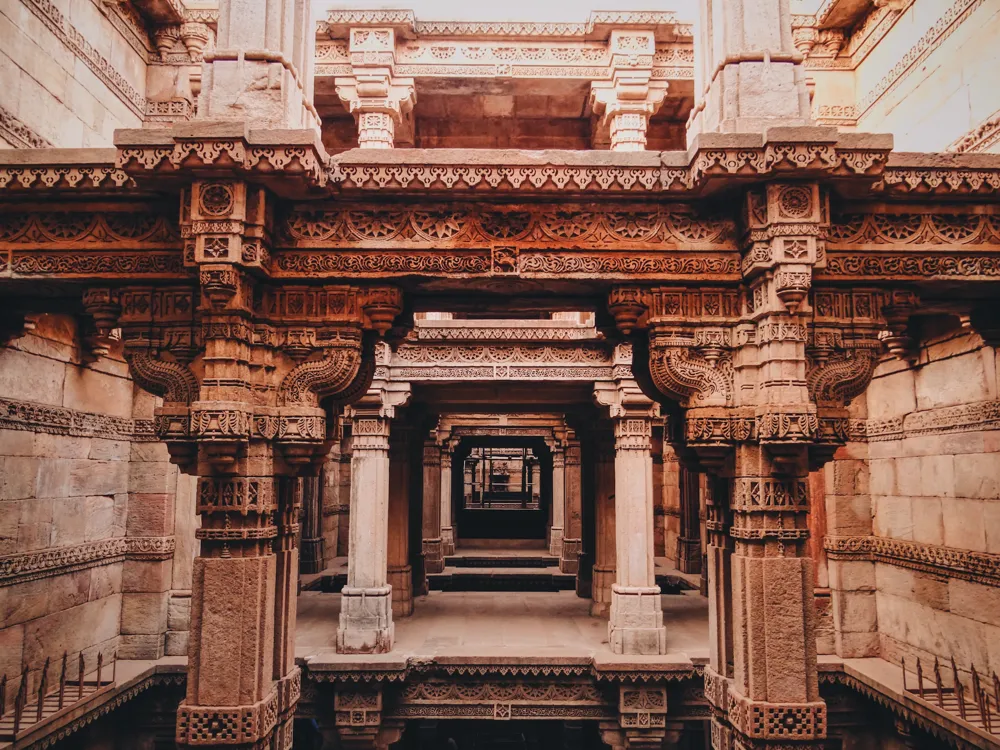Nestled in the verdant landscapes of Junagadh in Gujarat, the Tulsi Shyam Springs stand as a testament to nature's marvel and cultural richness. This serene destination, steeped in mythology and natural beauty, offers a tranquil retreat from the bustling city life. The springs are not just a natural phenomenon but also a significant part of the local heritage, attracting visitors from all corners of the country. The legend behind Tulsi Shyam Springs is as intriguing as the place itself. It is said to be connected to the epic tale of Mahabharata, where Lord Krishna's grandson, Tulsi, and the serpent king, Shyam, are the central figures. This historical and mythological significance adds a layer of mystique to the springs, making them a popular site for both pilgrimage and tourism. The natural springs are renowned for their therapeutic properties. The water, rich in minerals, is believed to have healing powers, particularly beneficial for skin ailments. This has turned the Tulsi Shyam Springs into a sought-after destination for those seeking natural remedies. The lush green surroundings and the diverse flora and fauna further enhance the experience, making it a perfect spot for nature lovers and photography enthusiasts. The Tulsi Shyam Springs also hold a unique geological significance. The region is characterized by its hot springs, which are a rare natural phenomenon. The hot water gushing out from the earth's crust is a fascinating sight and provides a unique opportunity to study geothermal activity. This aspect of the springs appeals to geologists and researchers, adding to the varied audience that the place attracts. The beauty of Tulsi Shyam Springs extends beyond its natural elements. The area is dotted with ancient temples and architectural wonders that speak volumes of the region's rich historical past. These temples, some of which date back centuries, are not only places of worship but also serve as stunning examples of ancient Indian architecture. Visiting Tulsi Shyam Springs offers a holistic experience that combines spirituality, nature, history, and science. It's a place where one can unwind, explore, learn, and connect with nature and culture. Whether it's the allure of the myths, the therapeutic waters, the architectural marvels, or the sheer beauty of the place, Tulsi Shyam Springs beckons with an array of experiences waiting to be discovered. The architecture of Tulsi Shyam Springs is a fascinating blend of natural and man-made marvels, embodying centuries of cultural and historical significance. The region's architectural landscape is dominated by ancient temples and structures that stand as a testament to the artistic and engineering prowess of the past. At the heart of Tulsi Shyam Springs' architectural splendor are the ancient temples dedicated to Lord Krishna and the serpent king Shyam. These temples showcase the intricate carvings and exquisite craftsmanship typical of ancient Indian temple architecture. The use of local stone and traditional construction techniques gives these temples a unique charm and a sense of belonging to the land. The main temple, often the focal point for visitors, is an architectural masterpiece. Its detailed carvings, ornate pillars, and imposing structure are not just visually stunning but also reflect the religious and cultural importance of the site. The temple's design follows the principles of Vastu Shastra, an ancient Indian science of architecture and construction, which is believed to bring harmony and positive energy. Surrounding the temples are smaller shrines and pavilions, each with its own architectural significance. These structures, though smaller in size, are equally intricate and beautiful. They provide a glimpse into the architectural styles and techniques that evolved over centuries in this region. The natural springs themselves are an integral part of the architectural landscape. The way the springs have been harnessed and incorporated into the overall design of the area is a remarkable example of how architecture can blend seamlessly with nature. The spring areas are often surrounded by stone platforms and steps, providing easy access to the water and also serving as gathering spots for visitors. The architecture of Tulsi Shyam Springs is not just about the ancient structures but also about the layout and planning of the entire area. The springs, temples, and surrounding facilities are arranged in a way that is both aesthetically pleasing and functional. This thoughtful planning ensures that visitors can experience the beauty and serenity of the place without any hindrance. In summary, the architecture of Tulsi Shyam Springs is a harmonious blend of natural beauty and human ingenuity. It reflects the deep spiritual connections of the past and stands as a proud reminder of India's rich architectural heritage. For visitors, it offers a chance to step back in time and experience the glory of ancient Indian architecture in its most authentic form. The best time to visit Tulsi Shyam Springs is between October and March when the weather is pleasant, making it ideal for exploring and enjoying the natural surroundings. Opt for comfortable clothing and footwear suitable for walking. Since it's a religious site, modest attire is recommended. The springs have therapeutic properties, but it's advisable to consult with a healthcare professional before using the water for any medicinal purposes, especially for those with sensitive skin or health issues. Photography is a must-do activity at Tulsi Shyam Springs. However, be respectful of local customs, especially when taking photos near temples or during religious ceremonies. The site is of religious importance, so visitors should respect the local culture and traditions. This includes being mindful of noise levels and proper behavior in and around the temples. Tulsi Shyam Springs is well-connected and can be reached by various modes of transportation. The nearest airport is in Rajkot, approximately 150 kilometers away. From the airport, one can hire a taxi or take a bus to reach the springs. For those preferring to travel by train, the nearest railway station is in Junagadh, from where taxis and buses are readily available. Additionally, the region is well-connected by road, making it accessible for those who prefer to drive. The journey to Tulsi Shyam Springs is as picturesque as the destination itself, with scenic routes passing through lush green landscapes. Read More:Overview of Tulsi Shyam Springs, Junagadh, Gujarat
Architecture of Tulsi Shyam Springs
Tips When Visiting Tulsi Shyam Springs
Best Time to Visit
What to Wear
Health Precautions
Photography
Respecting Local Culture
How To Reach Tulsi Shyam Springs
Tulsi Shyam Springs
Junagadh
Gujarat
NaN onwards
View junagadh Packages
Junagadh Travel Packages
View All Packages For Junagadh
Top Hotel Collections for Junagadh

Private Pool

Luxury Hotels

5-Star Hotels

Pet Friendly
Top Hotels Near Junagadh
Other Top Ranking Places In Junagadh
View All Places To Visit In junagadh
View junagadh Packages
Junagadh Travel Packages
View All Packages For Junagadh
Top Hotel Collections for Junagadh

Private Pool

Luxury Hotels

5-Star Hotels

Pet Friendly





















